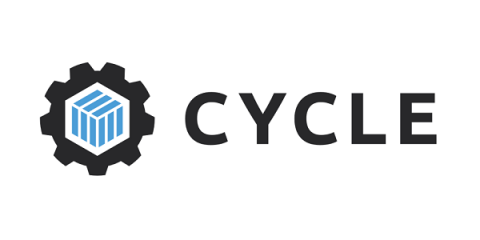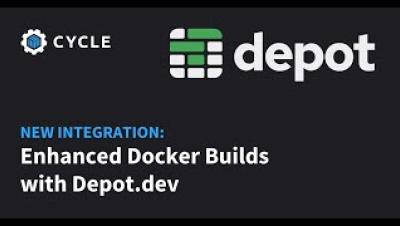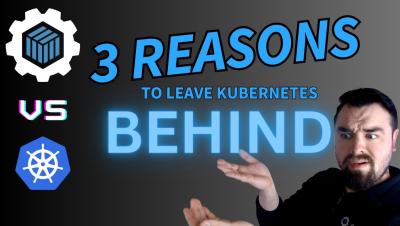Users Outgrowing Docker Swarm Look To Cycle for Familiar Feel
Docker has a storied history of being one of the most widely used developer toolings of all time. In the early days of containers, it was the only thing being used for local container development, and their contributions will be forever remembered as a major factor in the speed at which container technology was adopted. Docker also created a container orchestration platform called Docker Swarm.





